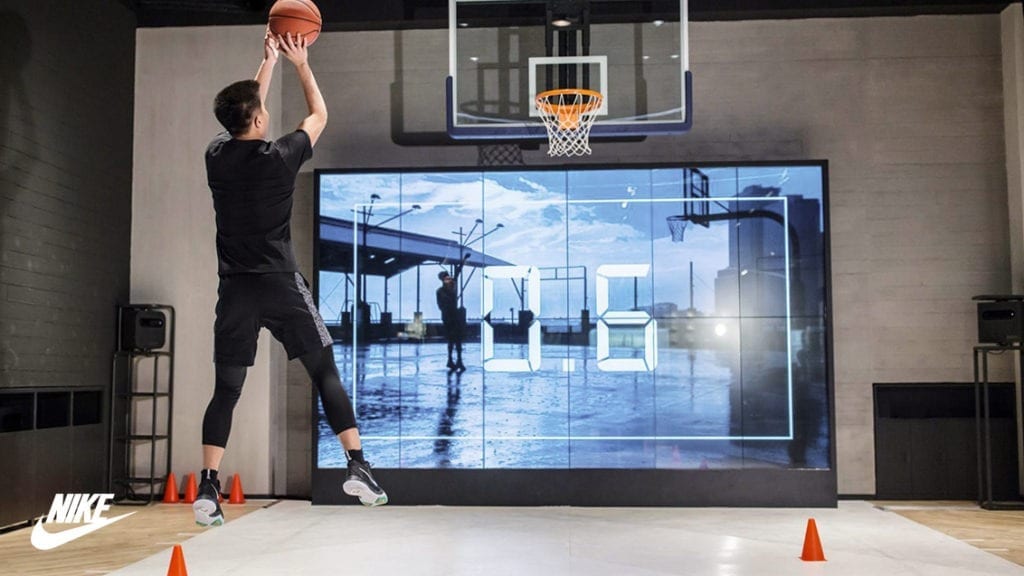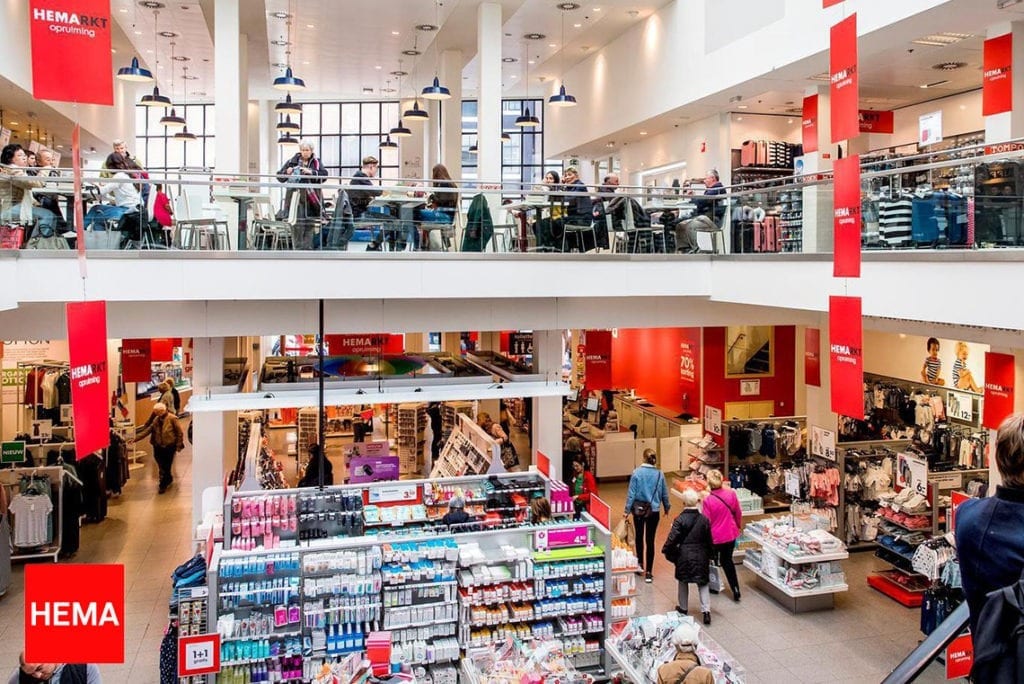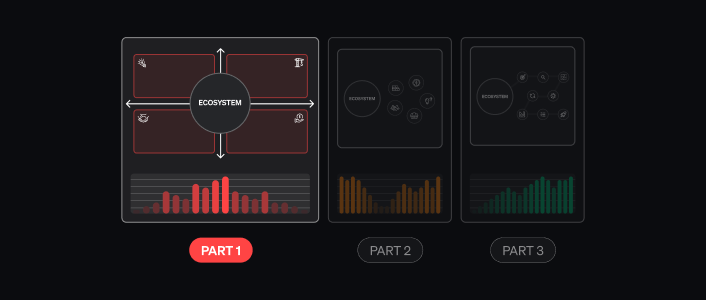Key takeaways
The retail industry is under a lot of pressure. While eCommerce giants, like Amazon, are leaving their enormous footprints all over your market share, big producers, like Nike, are bypassing traditional retailers and going directly to consumers.
Simultaneously, an emerging army of micro-brands has the tools available to set up shop in a matter of minutes, leaving many resellers and medium-sized brands stuck losing ground on both sides. For most of the retail industry, it’s do or die time. Luckily, they have an ace in the hole: Brick & Mortar stores.
Yes! You read that correctly.
Physical points of sale aren’t dead, but they will need to transform in a major way to stay relevant in an increasingly digital world. Based on customer interviews at Bundl and emerging market trends, these are the 5 essentials for the store of the future:
1. Experience-First
When we think of brick and mortar stores, we often see them as sales channels, as competition for online stores. This is a dangerous line of thought, as far as raw sales volume goes: convenience is king, and online is much better-suited for convenience than offline. Basically, people don’t leave their homes to buy stuff they can buy online from the comfort of their couch.
So the question becomes: What do people leave their homes for?
In my last article, we covered the importance of offering an integrated ‘phygital’ shopping experience and choosing a convenience-first or an experience-firststrategy.
Stores are experience-first environments. The multi-sensory stimulation of a brick and mortar store space isn’t easily replicated online, which is why we want to capitalize on experience as the differentiator.
After all, we order most of our groceries online, but somehow, kids will stand in line for hours on end to get the chance to buy a brick with the Supreme New York logo on it (which sells on eBay for $4888 ex shipping BTW).
We refuse to abandon the comfort of our homes for quick material transactions, but we’ll do it for unique (brand) experiences.
You can see big players, like Nike or Adidas, capitalize on this opportunity by cutting out the middlemen (retailers) and building direct-to-consumer relationships. It allows them to control the context, i.e., the experience surrounding their products.

You should definitely check out this Nike & Jordan Basketball experience store in Beijing. It features a Trial Zone that “… spans nearly an entire half court with an adjustable hoop. Consumers are able to shoot hoops, test basketball shoes and do custom drills with the guidance of in-store certified store athletes.”
Luxury fashion producer Burberry has recently opened Burberry Regent Street, an experience-based flagship store and the physical manifestation of the Burberry universe. “Walking through the doors is just like walking into our website. It is Burberry World Live,” said Burberry CEO Angela Ahrendts.
Nike and Burberry have taken ‘product interaction’ to an entirely new level with these examples, in a way that can never be replicated in the online environment.
2. Human Connection
Physical stores create a unique opportunity to interact and build a connection with your customer as a human being.
From the customer’s perspective, your in-store staff will represent: a pampering host, a clairvoyant assistant, a product expert (especially in case of returns or repairs), and a brand ambassador. Most trained sales teams won’t fulfill most of these needs; therefore, hiring T-shaped personnel will become more important.
Take Apple’s Genius Bar as an example. This is expert personnel that is capable of both hospitality and customer-facing interaction, troubleshooting on the spot, and intricate hardware repairs behind the scenes.
A good place to start? Enroll your personnel in an evening training to deepen their knowledge about apparel combinations, fabrics, and sourcing, or the technical assembly of your products. Pick something relevant to your brand story and, more importantly, your customers.
Your team will start sharing their newfound knowledge with the people they help in stores, guaranteed, thereby educating your customers as they go and building a relationship of trust.
3. Tactile Experience
If you are in fashion, you’re in luck. 90% of all fashion purchases are still made in physical stores. The chance is slim these numbers will rapidly decline in the coming years for a simple reason: You can’t touch digital purchases before you buy them.
Farfetch CEO José Neves goes as far as saying these numbers won’t decline by more than 10 to 20% in the next ten years.
Brick & Mortar stores simultaneously tease all five (six? seven?) senses – so leverage that fact. Interactive workshops involving your products, try-before-you-buy experiences, and launch parties are great examples of ways to get your customers off their couch and into your store.
Samsung organizes a wide array of events at Samsung 837 (NYC), where people can go to get educated about topics like ‘Tech for a Modern Family’ and get to know Samsung products intimately through, i.e., a ‘Galaxy S9 Photo Session’.

4. Strong non-retail offerings
It has been shown over and over that time spent in-store translates to spending behavior, meaning the longer you can keep your customer in your store, the bigger the chance they will actually buy something there.
Shopping customers have many needs beyond acquiring goods, like bathroom breaks and eating or charging their phones and Wi-Fi. Stores can attract more customers by serving these needs, which also increases the time spent in-store. On top of boosting sales, it will also boost your brand image as a retailer that understands its customers’ needs.
The reason the Dutch franchise HEMA is so popular, for example, may have something to do with the fact that they reserve a decent amount of store space for their lunch-rooms and coffee corners.
Furniture magnate IKEA has been using the time-in-store formula for years, by making visitors follow a specific route past each and every product they have on display. Their €1,- breakfast is famous (especially among students, who coincidentally tend to shop for furniture at IKEA) and is enough reason for some people to warrant a visit, even when they don’t need to buy anything else, exposing them to IKEA’s product offering time and time again.
5. Rapid Supply Chain and Delivery
Customers expect a new stream of content each time they refresh their social media feed. We live in an on-demand world, where the relevance of the offering changes by the minute.
Setting up your supply chain in a way that allows you to offer new products in a matter of days, not weeks, will go a long way in staying relevant to your customer. Some clothing companies, like Zara, have condensed the time-span from ‘idea’ to shelves to only two weeks.
Imagine the implications this has for designing clothing lines. They will no longer be released based on the upcoming season but ‘next week’s weather’.
Furthermore, it might answer the increasing customer need for personalization of products. Nike has experimented with having customers design their own shoes in-store and producing them on the spot.
As a non-producing party, this might mean setting up your supply chain and storage space in a way that allows for flexibility in your inventory. That way, you stay adaptive and aligned with customer needs.
Bonus: Don’t forget about Digital
The right digital integrations will smoothen the phygital customer journey and remove the ‘noise’ that might distract customers from interacting with your brand. Think easy check-in and facial recognition. RFID tagging of products and real-time recommendations on digital mirrors. Frictionless check-out. Third space connections.
Remember: the future of retail is in harmonizing physical and digital assets – not in doing either one by itself.
Putting these five pillars to work will help you in future-proofing your physical stores. As a general rule, think Interactions, not Transactions, when it comes to brick and mortar retail spaces.
Still not sure of how to apply these insights to your own business? Check out Nicolas’ article on how to identify your clients’ shopping behaviour and create the best possible experience for them. It includes a downloadable tool that makes it really easy for you to analyse your market and pinpoint the right opportunities for your customers.
Want to know how you can prepare your business for the future? Let’s talk!











.svg)

